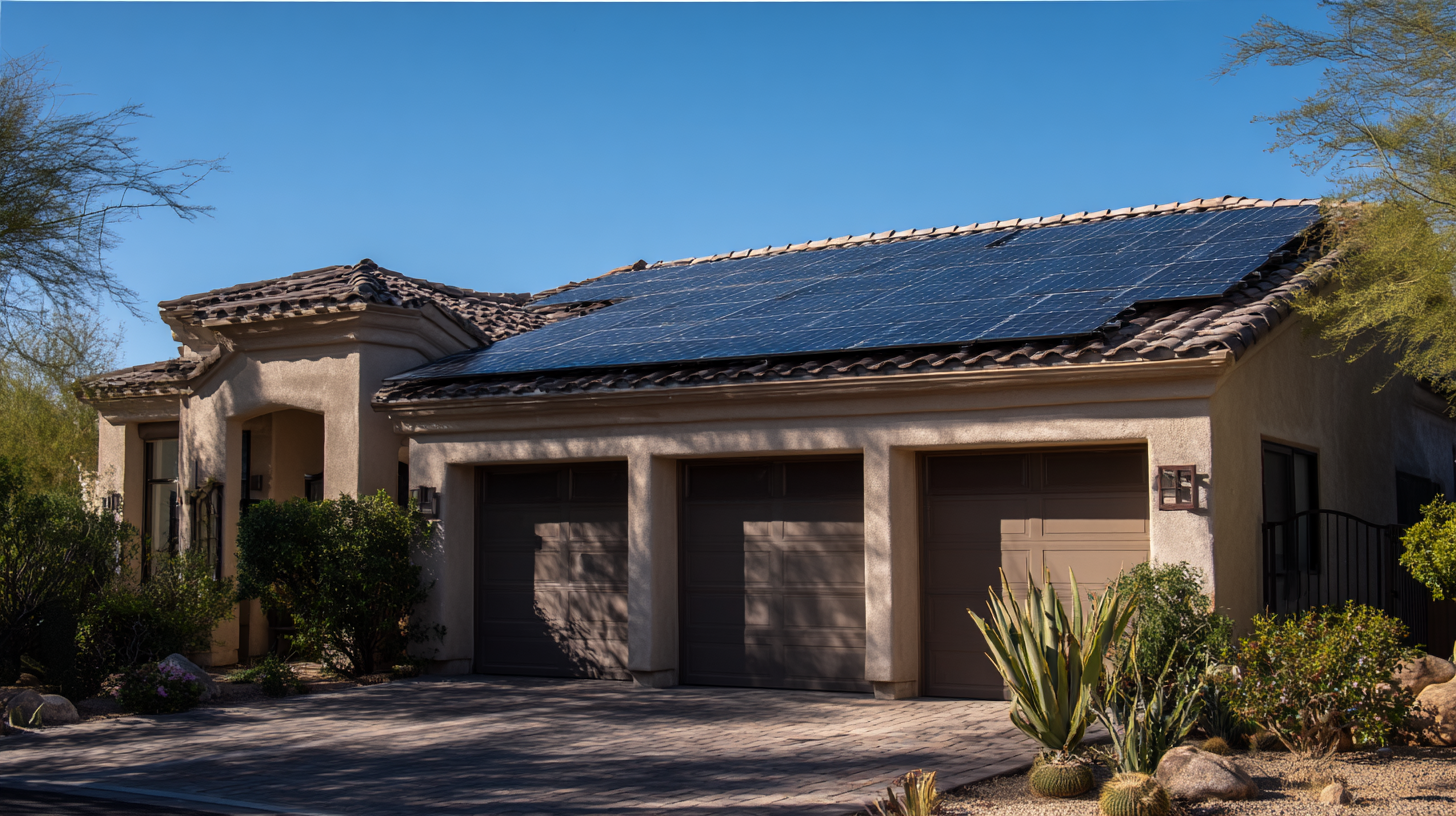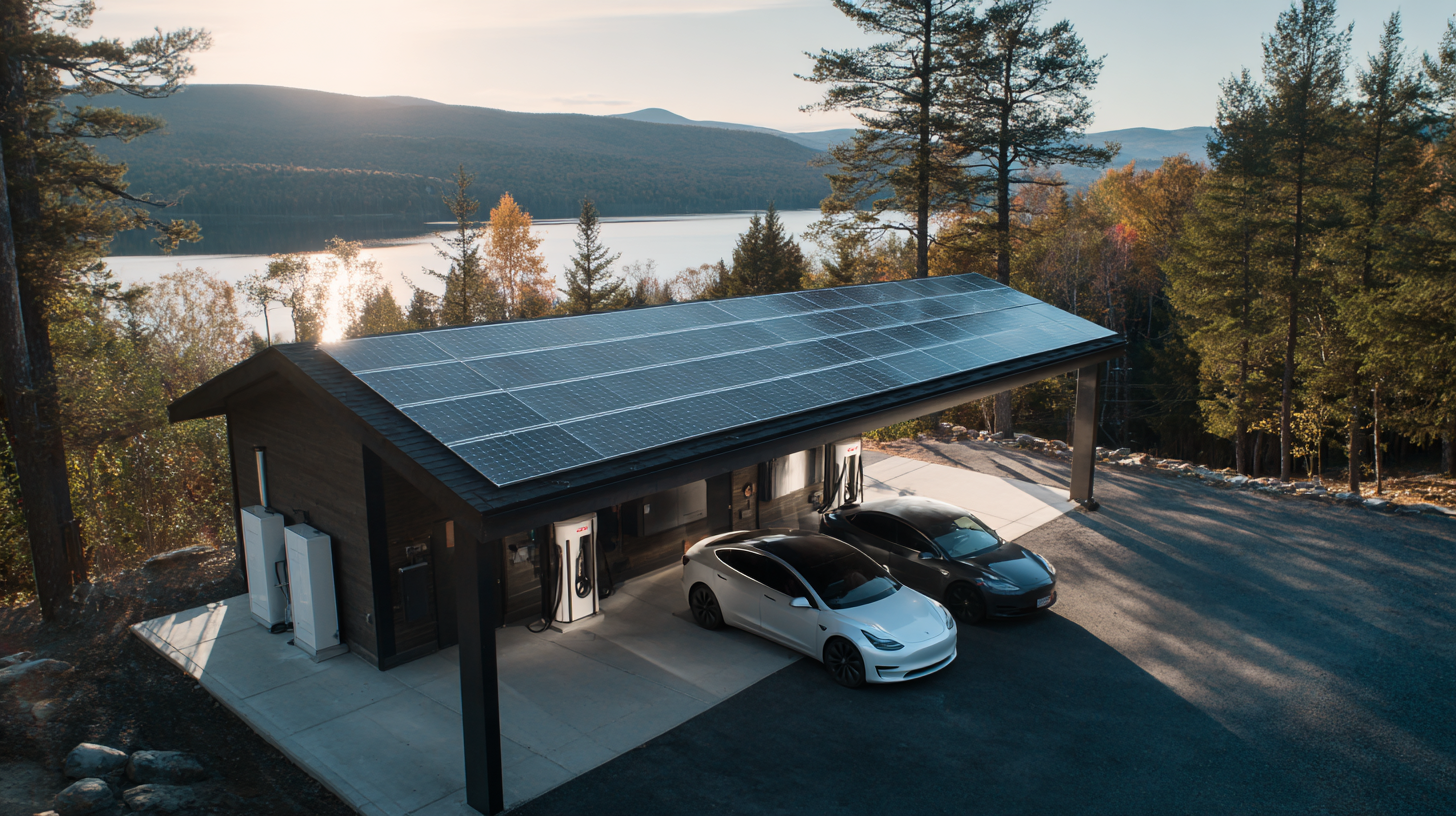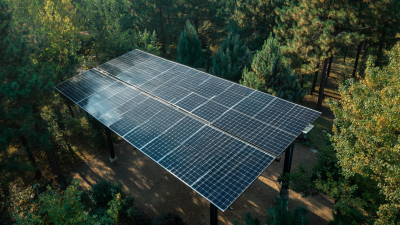MH Energy Your Better Solar and Energy Partner
Leave Your Message
MH Energy Your Better Solar and Energy Partner
As the global shift towards renewable energy accelerates, optimizing energy costs has become a top priority for both homeowners and businesses. According to a recent report from the International Energy Agency (IEA), solar energy production is expected to quadruple by 2030, significantly decreasing dependence on fossil fuels.

One of the most effective ways to harness this potential is through Solar Energy Battery Storage solutions, which allow users to store excess solar power produced during the day for use during peak hours or outages. Research by Bloomberg New Energy Finance indicates that the cost of solar battery storage has dropped by over 80% since 2010, making it a more viable and attractive investment.
By integrating solar energy with efficient battery storage systems, consumers can not only reduce their energy bills but also contribute to a sustainable energy future. This guide will explore how to optimize your energy costs using these innovative storage solutions, ensuring you gain the maximum benefits from your solar investments.
Solar energy has gained significant attention in recent years as a sustainable and cost-effective way to power homes and businesses. At its core, solar energy systems convert sunlight into electricity using photovoltaic cells. This process not only reduces reliance on fossil fuels but also lowers electricity bills. When combined with battery storage solutions, homeowners can optimize their energy utilization, ensuring that they harness the sun's power even when the sun isn't shining.
Battery storage systems act as a backup power source, storing excess energy generated during the day for use during the night or during cloudy weather. This technology allows users to maximize their solar energy investments, enabling them to draw from their stored energy instead of relying on the grid. Additionally, sophisticated battery management systems can monitor energy usage patterns and help configure when to use solar energy versus grid energy, ultimately leading to lower energy costs and a more efficient energy consumption strategy. Understanding these basic principles of solar energy and battery storage empowers individuals to make informed decisions about their energy needs and investments.
This chart illustrates the monthly energy costs before and after integrating solar energy and battery storage solutions. By transitioning to solar energy, users can significantly reduce their monthly energy expenditures.
When considering solar energy battery storage solutions, evaluating your energy needs is paramount. The first step is to assess your household's energy consumption patterns. According to the U.S. Energy Information Administration (EIA), the average American household uses about 877 kWh per month. By analyzing your electricity bills over the past year, you can determine your peak usage months and daily consumption averages. This data will help you identify the appropriate battery size to meet your energy demands and allow for adequate backup during outages.
**Tip:** Consider using smart home devices to monitor real-time energy consumption, making it easier to pinpoint specific areas where you can save or adjust usage to optimize battery performance.
Once you have a clearer picture of your energy needs, think about your solar generation capacity. A high-quality solar panel system can produce between 250 to 600 kWh monthly depending on your location and setup. For effective energy storage, it's generally recommended to invest in a battery system that can store at least two days' worth of your energy consumption. This means if your monthly average is 877 kWh, your battery storage should ideally be around 600 kWh.
**Tip:** Consult with solar energy experts to help tailor the battery size to your specific requirements, ensuring that you have a system that offers both efficiency and the ability to handle unexpected demand spikes.
Integrating solar panels with battery storage can significantly enhance the efficiency of your energy system, allowing you to make the most of renewable energy. One effective tip is to size your battery storage appropriately. Assess your energy consumption patterns and choose a battery that can accommodate your average daily usage while providing a buffer for peak times. This ensures you have sufficient energy stored for cloudy days or nighttime use, reducing your reliance on the grid.

Another important aspect is to utilize a smart inverter. Smart inverters not only convert the solar energy generated into usable power, but they also manage the energy flow between your solar panels and battery system. This enables better control over charging and discharging, optimizing energy storage, and enhancing overall system performance. Regular monitoring through smart technology can further improve efficiency by providing insights into usage trends and allowing for timely adjustments.
Lastly, consider implementing energy-efficient practices alongside your solar installation. Upgrade appliances to energy-efficient models and utilize smart home technology to manage energy consumption. By combining these strategies, you can maximize the benefits of your solar energy system and battery storage, leading to significant long-term cost savings.
When considering the financial impact of solar energy battery storage solutions, a cost-benefit analysis is essential. This approach allows homeowners and businesses to understand how much they might save on energy costs while also evaluating the initial investment in solar technology. Key factors to consider include energy savings, potential tax incentives, and increases in property value. By calculating the return on investment over time, you can better grasp the long-term benefits of solar energy solutions.
Here are some tips to enhance your cost-benefit analysis. First, assess your current energy consumption and identify peak usage times. By doing so, you can optimize your battery storage to minimize reliance on the grid during high-cost periods. Second, research available subsidies and tax incentives in your area, as these can significantly offset initial investment costs. Finally, monitor your system's performance regularly to ensure it operates efficiently, maximizing your savings over time. By applying these strategies, you can make informed decisions regarding solar energy investments that ultimately lead to reduced energy costs.
| Solution Type | Initial Cost ($) | Annual Savings ($) | Payback Period (Years) | Environmental Benefit (CO2 Reduction (kg/year)) |
|---|---|---|---|---|
| Residential Solar + Battery | 15,000 | 1,800 | 8.33 | 1,200 |
| Commercial Solar + Battery | 100,000 | 12,000 | 8.33 | 8,000 |
| Community Solar + Shared Battery | 50,000 | 6,000 | 8.33 | 4,500 |
| Off-Grid Solar + Battery System | 25,000 | 3,200 | 7.81 | 2,400 |
To ensure your solar battery performs well and lasts for an extended period, regular maintenance is crucial. Start by monitoring the battery’s state of charge. Keeping the battery within the recommended charge range—between 20% and 80%—can significantly extend its lifespan. Additionally, routine inspections for any signs of corrosion on terminals and leaks can prevent minor issues from escalating into costly repairs. Maintaining a clean and ventilated environment for your battery can also help it operate efficiently.

Another key factor in optimizing longevity is temperature management. Extreme temperatures can affect battery performance and durability. Ideally, solar batteries should be stored in a climate-controlled area, away from direct sunlight and heat sources. Using battery management systems (BMS) can help monitor temperature and provide alerts if conditions become unfavorable. By proactively managing these components, you can ensure your solar battery not only performs optimally but also provides reliable energy storage for years to come.






